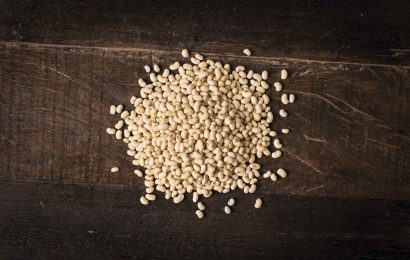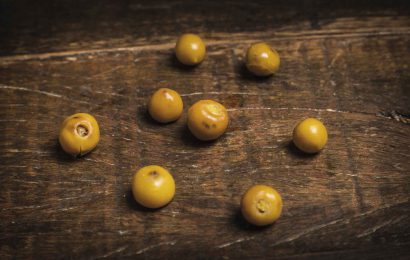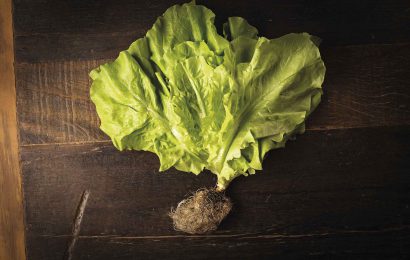Plinia edulis .
“Very sweet and of honest flavor.” This was how the Portuguese colonizer Gabriel Soares de Souza described cambucá in his Tratado descritivo do Brasil em 1587 (Descriptive Treatise of Brazil in 1587). Native to the Atlantic rainforest, this fruit of juicy pulp and skin that ranges from yellow to orange has been frequently found in Atlantic ainforest regions, especially in coastal areas of São Paulo, Rio de Janeiro and Espírito Santo. But due to deforestation and the lack of interest in its commercial cultivation – a tree can take anywhere between fifteen to eighteen years to start bearing fruits, usually in December and January –, the trees have decreased considerably and are disappearing from our home’s backyards and orchards. Those who are lucky enough to find the fruit can consume it fresh, or use it in juices, jams and compotes.



